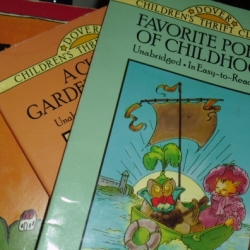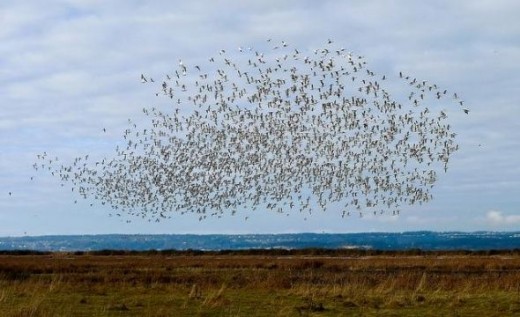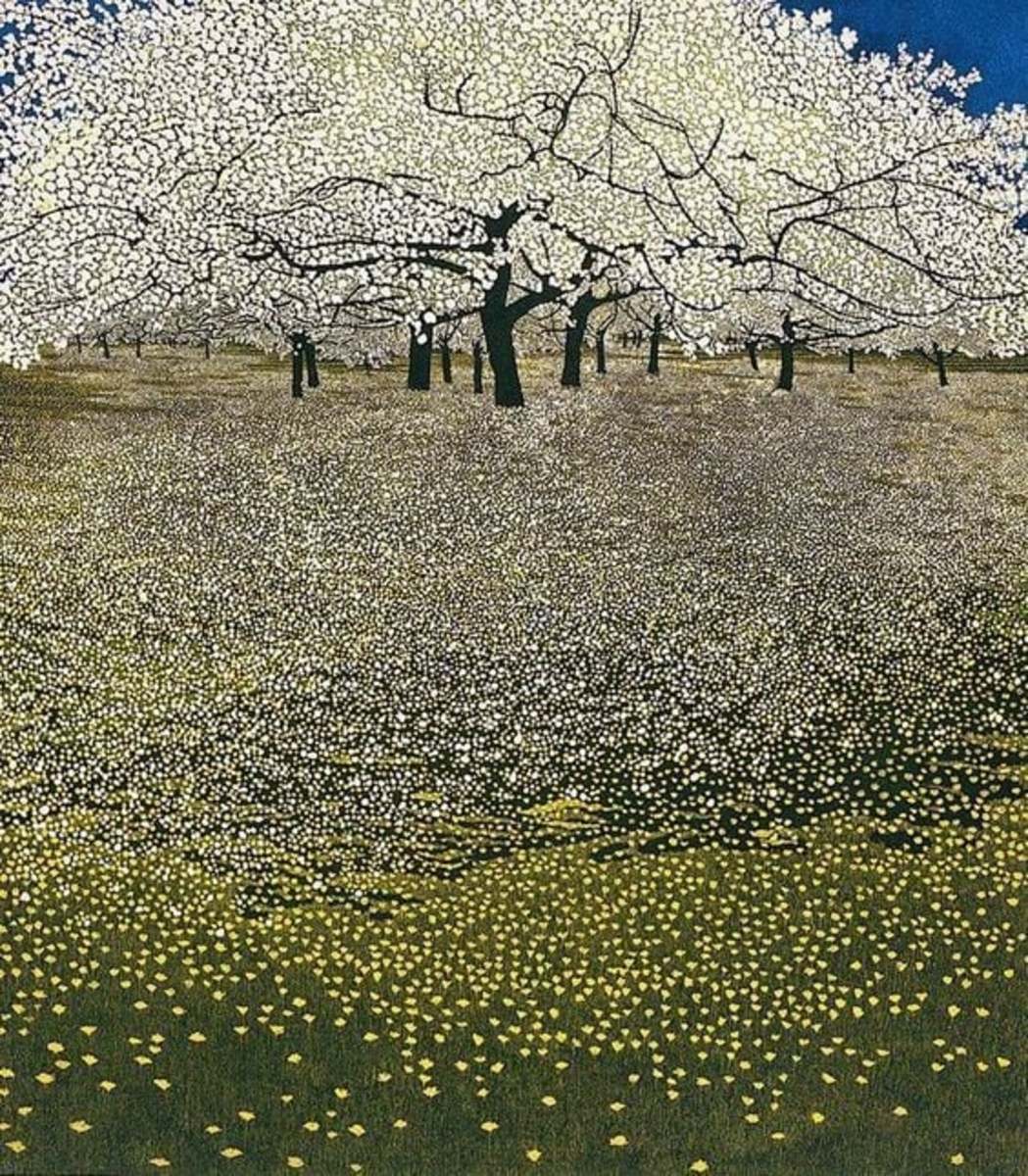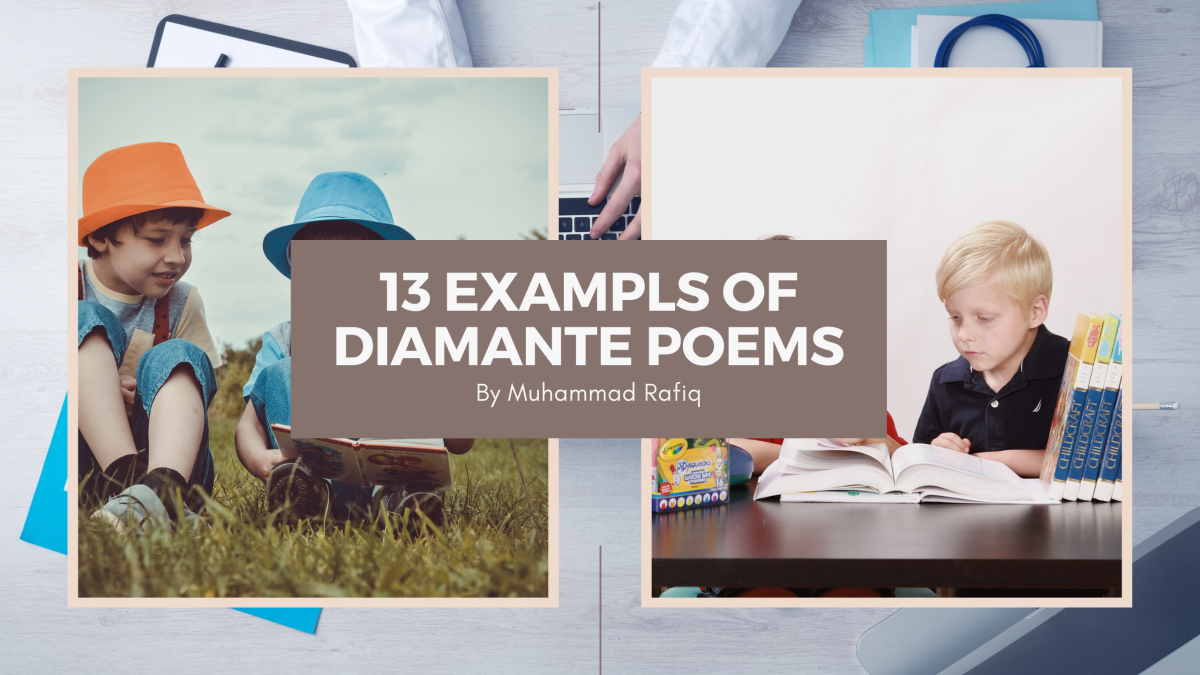Poetry for 2nd and 3rd Grade

Lesson Plans for Second and Third Grade Poetry Selections
"Stopping by Woods on a Snowy Evening" was in my own second grade reader many years ago. I memorized and delivered it, and it remains a favorite to this day. "Who Has Seen the Wind?" is a more vague memory. It was also in a reading anthology, though I am not sure of the year -- probably second or third grade as well. Another memory, more striking perhaps, is of finding out that that particular poem had been written in another century. (It hadn't seemed like something written by a 'stodgy' long gown-clad resident of the 19th century. The time I first read it, I probably thought it was written by a modern children's writer.)
There those poetry classics were in my generation... and there they still are, a generation later. Old poems for new generations! Both these selections were included in the Common Core.
Here are some lesson plan ideas and thoughts by a teacher, a sometimes-audio-recorder... and a former student whose memory stretches far back...
Image by the author
Who Has Seen the Wind?
Students can examine the nonliteral language in Who Has Seen the Wind? ... personification. Questions to ponder:
What does it mean to tremble? Can you tremble? Do the leaves really tremble? Why do you think the poet used that word?
What does it mean to bow your head? Can you bow your head? Do the trees really bow their heads? What do you think the poet used the word?
Make a list of things that people do: shake hands, write, skip... Challenge children to add to the list.
Now watch a video of trees moving in the wind, or (weather permitting) go out and experience them. Ask: Do the trees do any of the things on the list? Can we imagine that they are doing any of those things?
Resouces for "Who Has Seen the Wind?"
- The Kennedy Center: Incorporating the Arts
This lesson by the Kennedy Center incorporates Robert Louis Stevenson's "The Wind" and art by Van Gogh. Students observe the works and notice how the author has shown us the wind. - Text and Rhyme Scheme
Text of the poem, plus discussion of the rhyme scheme (described as XAXAXBXB). - More Videos
Videos from Watch, Know, Learn. - Extensions for Those Studying the Wind
Science connections.
Listen!
Here are two interpretations of Rosetti's poem. The first selection is video text presented in a creative way, with a bit of strumming in the background. The second is musical.
Autumn
By Emily Dickinson
Emily Dickinson's Autumn also has nonliteral language -- and it's a good deal more challenging, I think. There are a lot of difficult words and phrases in this poem, including some that 3rd graders won't even know the literal or most common meaning for. With this poem, it may be effective to pre-teach some words, and just use context clues on a couple. One phrase I'd want to clarify right off the bat is 'lest': that "lest I should be old-fashioned" means "so I don't seem out of fashion".
Start out by reading the poem with expression -- or playing an expressive MP3 or video -- and children are more likely to get the gist.
The easiest examples of nonliteral language are probably the last two lines in the first stanza. Children can understand that berries don't really have cheeks but that they might seem as if they did. As for the rose being out of town... this is close to the colloquial language that children actually use. They may enjoy illustrating both the literal and nonliteral meanings of these two lines.
The second stanza of Autumn... now that is a challenge! There's one word that I have never before seen used quite the way that it is in the poem. That's a good thing to share with children -- even adults sometimes have to use the context to figure out what a word means! The script below is an example of how I'd tackle this one: "The field a scarlet gown"... I know that scarlet is bright red, and gown sometimes means a fancy dress, like a wedding gown or Cinderella's ball gown. The poet is saying that the field is dressed in a fancy, bright red dress. Maybe it has lots of trees that have red leaves -- maples, perhaps -- and it just looks dressed up. "Lest I should seem old fashioned"... I think the poet doesn't want to seem like she's not up on the latest fashions. She wants to do like the maple, like the field! Do you think she's going to put on something plain or something fancy? Thumbs up if you think plain. Now thumbs up if you think fancy. Yep! I had never heard the word 'trinket' used this way, but I still have an idea what she's saying. I think the trinket is something fancy!
Text and Audio for "Autumn"
- Lit2Go
Lit2Go has the text and audio, plus some basic information like Flesch-Kincaid level.
Studying Emily Dickinson in Elementary School
- Lesson Plans from Emily Dickinson Museum
This site includes a collection of Emily Dickinson lesson plans at a variety of grade levels. Of particular interest is "Emily Endures", written for 3rd grade. It does not include "Autumn" -- after all, that's just one example of what constitutes a c
Literary Devices in "Something Told the Wild Geese"

The main literary device in Field's poem is repetition. The repetition of "something told" creates an effect: It enhances our sense of wonder. The contrasting images -- pitting today's golden autumn against the bleak winter to come -- also enhance our wonder at that "something" that is telling the wild geese what to do. If the world outside were less idyllic, it wouldn't seem as wondrous that those birds were on the move!
Questions for children: What is it like outside when the wild geese begin their journey? What will it be like later? It may be useful to do some drawing here. Another exercise could be highlighting or underlining the contrasting with two different colors.
Another device is personification. A question to consider: Is that something really whispering? Do we really hear a sound?
Extending "Something Told the Wild Geese" - Science and the Arts
"Something Told the Wild Geese" is a poem that invites cross-curricular exploration. It is often performed as a song. Teachers who have the opportunity to work collaboratively with a music or multi-arts teacher might enjoy preparing this selection for a wintertime show.
Field's poem also ties in to the science curriculum that is typically taught at this level. It's about migration and the wonder and seeming magic that animals in the wild know to migrate in preparation for the coming season.
A possible extension would be to write a poem that uses the same structure as Something Told the Wild Geese, but tells about another animal that migrates. (Something told the ______ it was time to go/ though the ______ was _______, something whispered snow...) It would also be possible to rewrite it for an adaptation other than migration, though it might be too challenging to try to keep the rhyme scheme.
Teachers who are using a lot of Common Core texts may want to pair "Something Told the Wild Geese" with Where Do Polar Bears Live? to discuss how animals are adapted for cold weather.
More Resouces
- Text of 'Something Told the Wild Geese'
From Love Canadian Geese. - Sheet Music Plus
Choir music for "Something Told...".
"Something Told the Wild Geese" MP3
"Something Told the Wild Geese" is a poem that has been set to music more than once. I did it in choir some years back. But I have to admit there are much better performances out there! Here's one that's performed by kids.
More by Rachel Field - Hitty: Her First Hundred Years
Unlike many famous poets of long ago, Rachel Field wrote intentionally for children (at least some of the time). She is the author of Hitty: Her First 100 Years -- the memoir of a doll.
Common Core 2nd and 3rd Grade Poetry/ Literature Standards
I am linking below to the literary standards for 2nd and 3rd grade. Among the goals for 2nd grade are understanding rhyme, repetition, alliteration, beats. Among the goals at 3rd grade level are distinguishing literal and nonliteral language.
- 2nd Grade Standads
Literary standards for 2nd grade. - 3rd Grade Standards
Literary standards for 3rd grade.
Stopping By Woods on a Snowy Evening
This is my recording of Stopping By Woods" -- done when I was a good deal older than seven! It was one of the first pieces I recorded, and there's an accidental 'wind effect' that came from recording directly into the netbook speaker.
Eating While Reading
Gary Soto uses imagery and figurative language to paint a vivid picture of something children are apt to be familiar with: yes, eating while reading! This is a fun poem to use to practice mental imagery. Children can draw while eating... er, listening -- and then discuss the word pictures the poem paints.
Of course, children's views on eating while reading may not be the same as the persona of this poem. This could be a fun discussion -- and the discussion also touches on one of the standards for this age group.
This is another poem where kids can get at the structure by making some substitutions. Lines 5 - 8 should work well for this purpose.
- Watch, Know, Learn
Text and audio for Gary Soto's poem.
See All the Selections
Visit Core Standards to see the list... plus the text of additional standards.
- Core Standards
You'll find a lot of materials in Appendix B.
Common Core Curriculum Maps
Common Core Curriculum Maps includes suggestions for other grade appropriate texts that can be matched with exemplar texts to create thematic units. "Eating While Reading" appears in Unit 5 of third grade.






